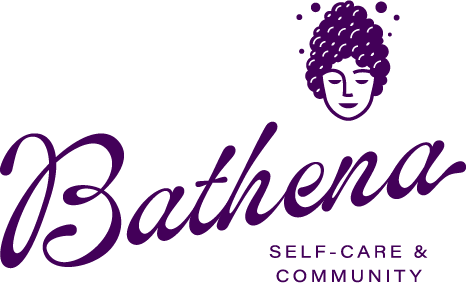When it comes to soap making, glycerin is a valuable ingredient that provides a range of skin benefits, including hydration. But how much glycerin is in the final soap, and what are the differences between commercial and handmade soap?
The amount of glycerin in the final soap can vary. Traditional soap making using the cold process method, like we use a Bathena, typically results in a soap that contains around 7-13% glycerin. This is because glycerin is a natural by-product of the soap making process.
Commercial soap manufacturers often remove glycerin from their soap and sell it for use it in other skincare products, such as moisturizers and lotions. This is because glycerin is a valuable ingredient for skincare products and can be sold separately for a higher profit. By removing the glycerin, commercial soap manufacturers also increase the shelf life of their soap.
Handmade soap, on the other hand, retains the natural glycerin produced during the soap making process. Many people prefer handmade soap because the glycerin helps to keep their skin hydrated and nourished, which can help to prevent dryness, flakiness, and irritation.
While the amount of glycerin in the final soap can vary depending on the method used and the recipe followed, you're getting a better soap that helps your body retain it's natural moisture. If you're looking for a soap that contains plenty of glycerin, be sure to choose Bathena's high-quality handmade soap.

